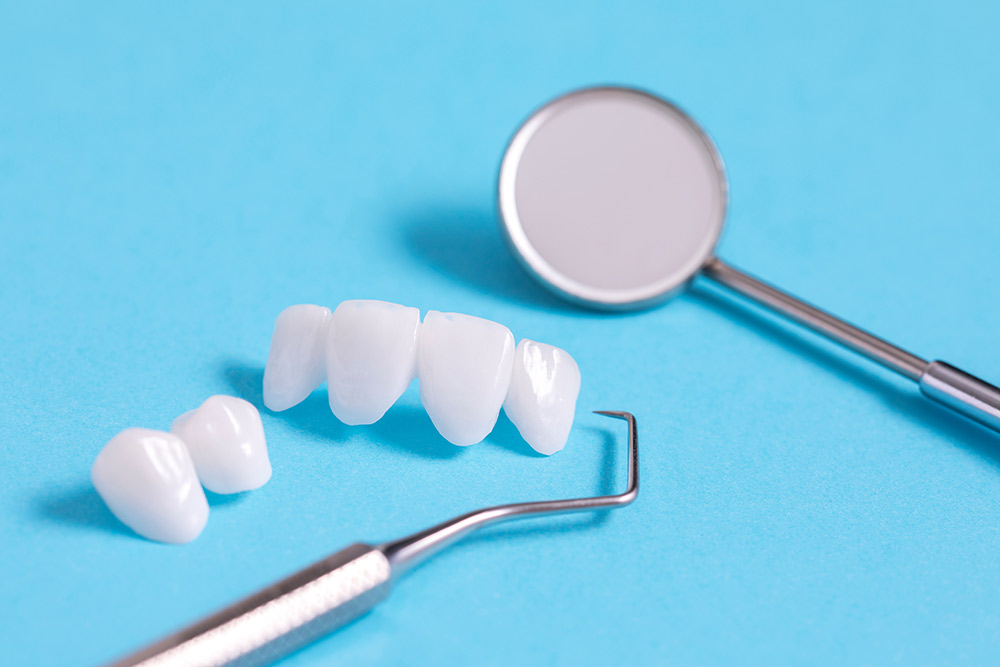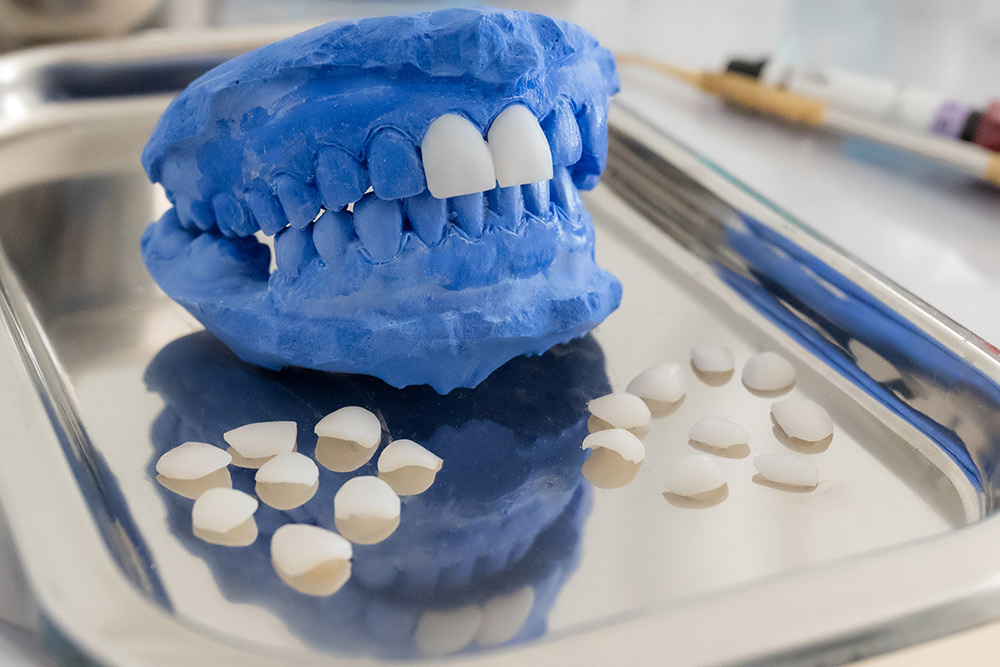How Do Porcelain Veneers Work And What To Expect
Do you dream of a smile that radiates confidence? If chipped, cracked, or discolored teeth are holding you back, porcelain veneers could be the answer.
Imagine transforming your smile with thin, custom-designed porcelain veneers. These shells are securely bonded to the front of your teeth for a beautiful, long-lasting result. But before you take the plunge, here's a breakdown of how it works and what to expect.

What Are Porcelain Veneers For?
Porcelain veneers are thin shells of ceramic material that are bonded to the front surfaces of teeth. They are a popular cosmetic dental procedure used to improve the appearance of teeth. Veneers are commonly used to address various aesthetic issues such as discoloration, chips, gaps between teeth, or minor misalignment. They provide a way to enhance the smile by improving the color, shape, and alignment of teeth.
Lifestyle Smiles porcelain veneers and other reputable brands are an effective way to make significant improvements in the appearance of one's smile, providing a long-lasting and natural-looking result.
What To Expect When Getting Veneers
Porcelain veneers work by covering the visible surface of teeth to enhance their appearance. The process of applying porcelain veneers involves several steps:
Treatment Planning
The process begins with a detailed consultation session with a dentist skilled in cosmetic dentistry. During this initial meeting, the dentist will conduct a thorough evaluation of your dental health and engage in a discussion about your aesthetic desires.
This conversation will cover various aspects, including the shape, color, and alignment of your teeth, and explore how porcelain veneers can effectively address these concerns.
The objective of this stage is to create a customized treatment plan that aligns with your vision for a perfect smile, ensuring that the proposed enhancements meet your expectations.
Enamel Shaping
This initial step in the application of porcelain veneers is crucial. The dentist delicately removes a small layer of enamel from the front and sometimes the sides of the teeth. This removal, typically less than one millimeter, is essential for a few reasons.
First, it prevents the veneers from appearing bulky or unnatural. Second, it ensures that the veneers lie flush against the rest of the tooth structure, facilitating a smooth transition from the veneer to the natural tooth.
This step requires precision to balance between removing enough enamel to accommodate the veneer while retaining as much of the natural tooth structure as possible for strength and health.
Dental Impressions
After the teeth are reshaped, the dentist takes an impression, which is a detailed mold of your teeth. This mold is essential for the dental laboratory to create veneers that are not only an exact fit for your teeth but also aesthetically suitable in terms of shape, size, and color.
This customization is what makes veneers look so natural and fit so comfortably. The precision in this step is critical to ensure that the final product correctly addresses specific cosmetic concerns.
Provisional Veneers
While the permanent veneers are being manufactured—a process that can take a few weeks—temporary veneers are often placed. These provisional veneers are made from a different, less durable material and are intended to protect the teeth that have been reshaped. They help maintain the aesthetics of your smile and protect against sensitivity that might arise from the exposed enamel. Although temporary, these veneers are bonded in such a way that they can be easily removed once the permanent veneers are ready.
Veneer Bonding
The bonding stage is where the porcelain veneers are permanently affixed to your teeth. Initially, the veneers are placed temporarily to check their fit and color against your natural teeth. Necessary adjustments can be made at this point. Following this, the teeth are thoroughly cleaned, and the surface is etched slightly to enhance the bonding process. A special dental adhesive is then applied, and the veneer is positioned on the tooth. A curing light is used to quickly harden the adhesive, securing the veneer firmly in place. This step is critical for the longevity and performance of the veneers.

Refinement and Completion
Once the veneers are bonded, the dentist may perform final adjustments to ensure that the bite is comfortable and the appearance is flawless. This may involve minor reshaping of the veneers to refine the fit or the bite. The goal is to ensure that the veneers not only look natural but also function seamlessly with the rest of your teeth. The final outcome should be indistinguishable from natural, healthy teeth, both in appearance and functionality, completing your smile transformation effectively.
Each of these steps is carried out with meticulous care to ensure the final result meets the patient's expectations and improves their dental health and aesthetics.
Aftercare Tips
Veneers can transform your smile, but proper care is essential to maintain their beauty and functionality for years to come. Here are key aftercare tips to help you protect your veneers and keep your smile sparkling.
Brushing and Flossing
Maintain a good oral hygiene routine, just like with natural teeth. Brush twice daily with a soft-bristled toothbrush and floss once a day, paying attention to the gum line around the veneers.
Diet
Be mindful of staining foods and drinks like coffee, red wine, curries, or berries. These can stain veneers over time. If you do consume them, rinse your mouth with water afterward. Avoid hard, chewy, or sticky foods that can chip or crack veneers.
Gentleness
Don't use your teeth as tools for opening things or biting hard objects. Be gentle when brushing, and avoid using abrasive toothpaste.
Mouthguard
If you grind your teeth at night or play sports, wear a mouthguard to protect your veneers from damage.
Porcelain veneers are more than just a cosmetic upgrade; they're a long-lasting investment in your smile. With proper care, porcelain veneers can last well over a decade, allowing you to enjoy the benefits of a radiant smile for years to come.
Hits: 3069 | Leave a comment
Tags:Porcelain Veneers
















